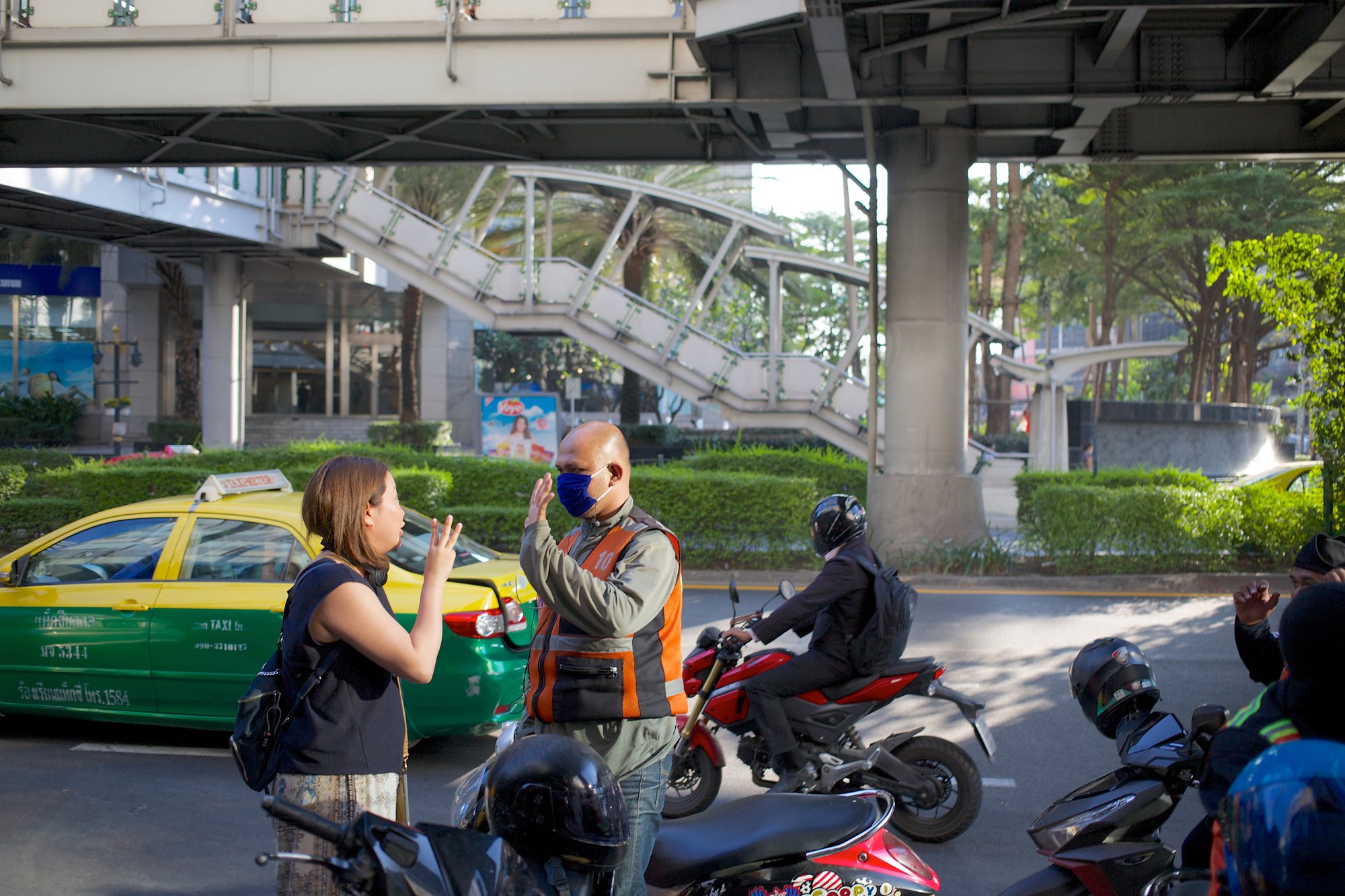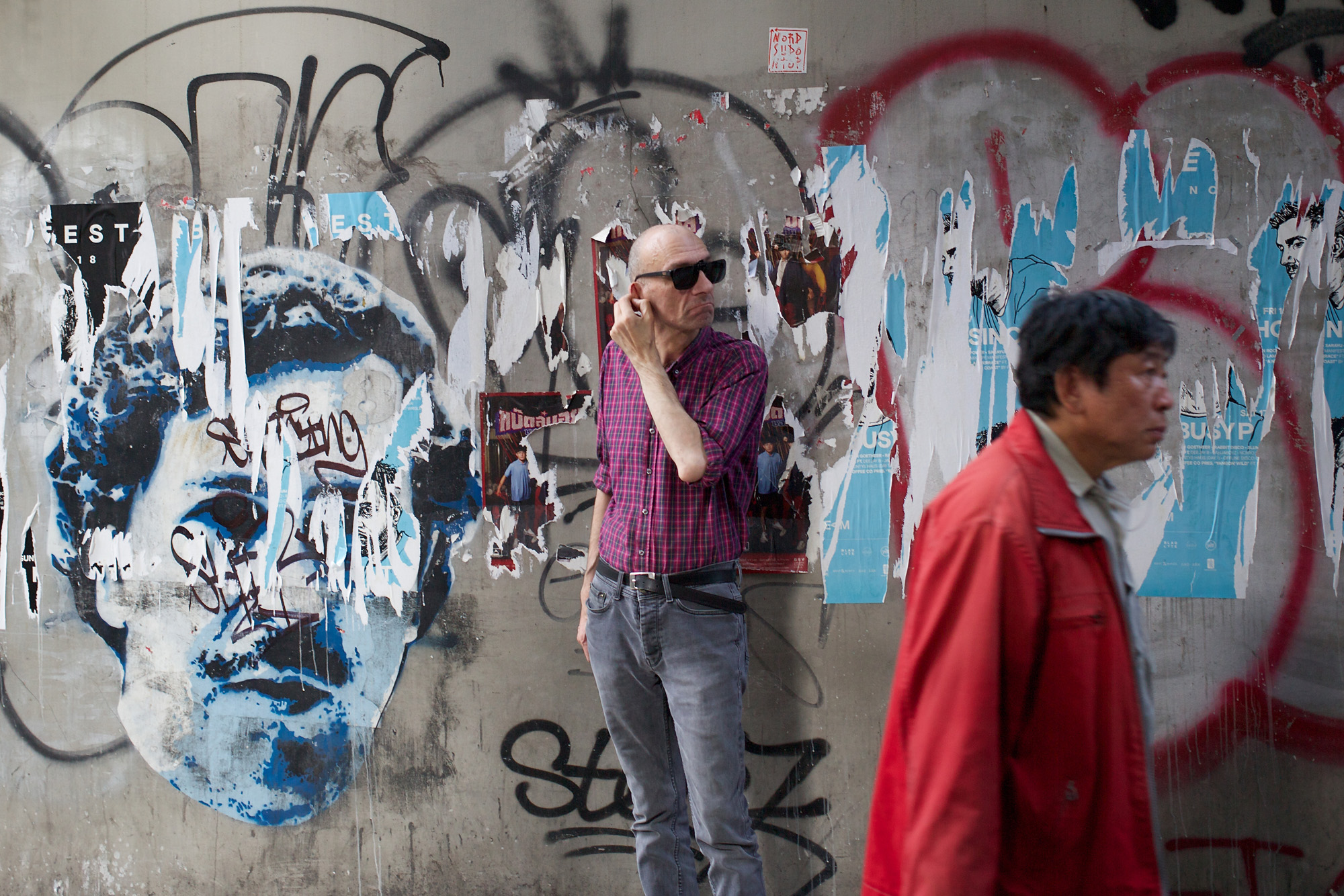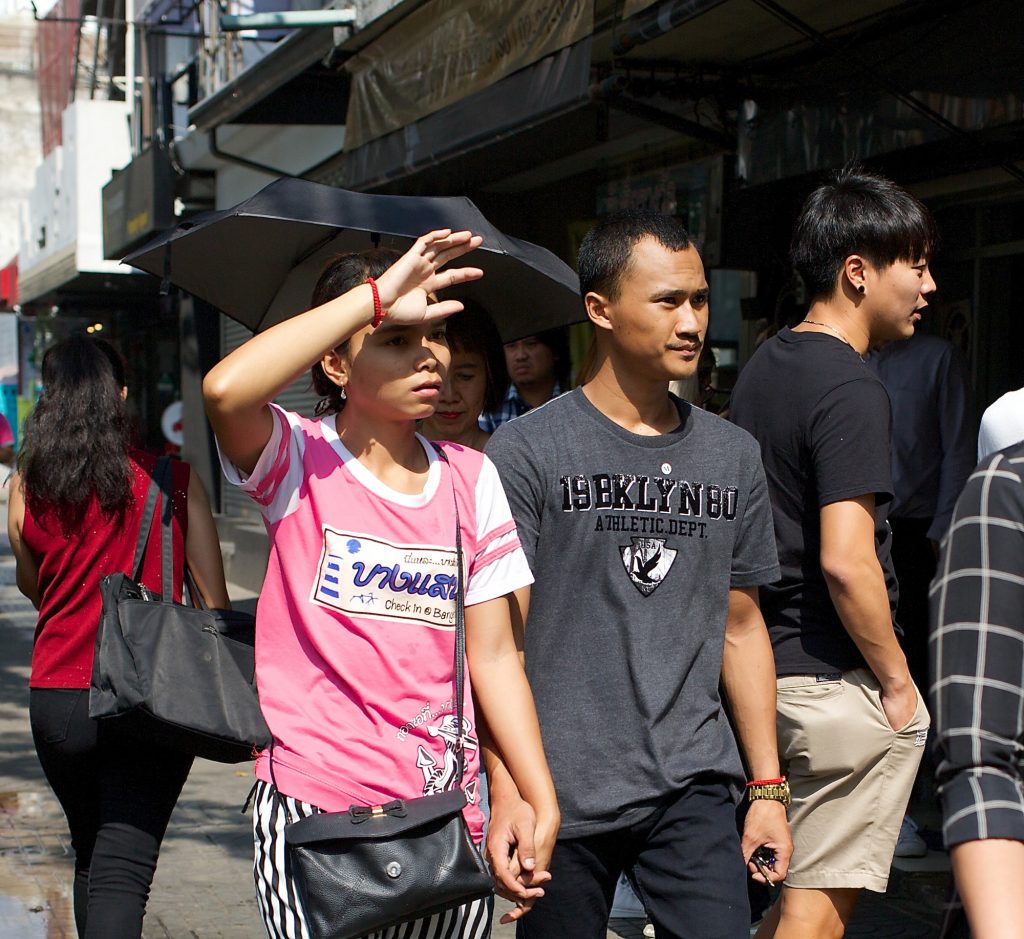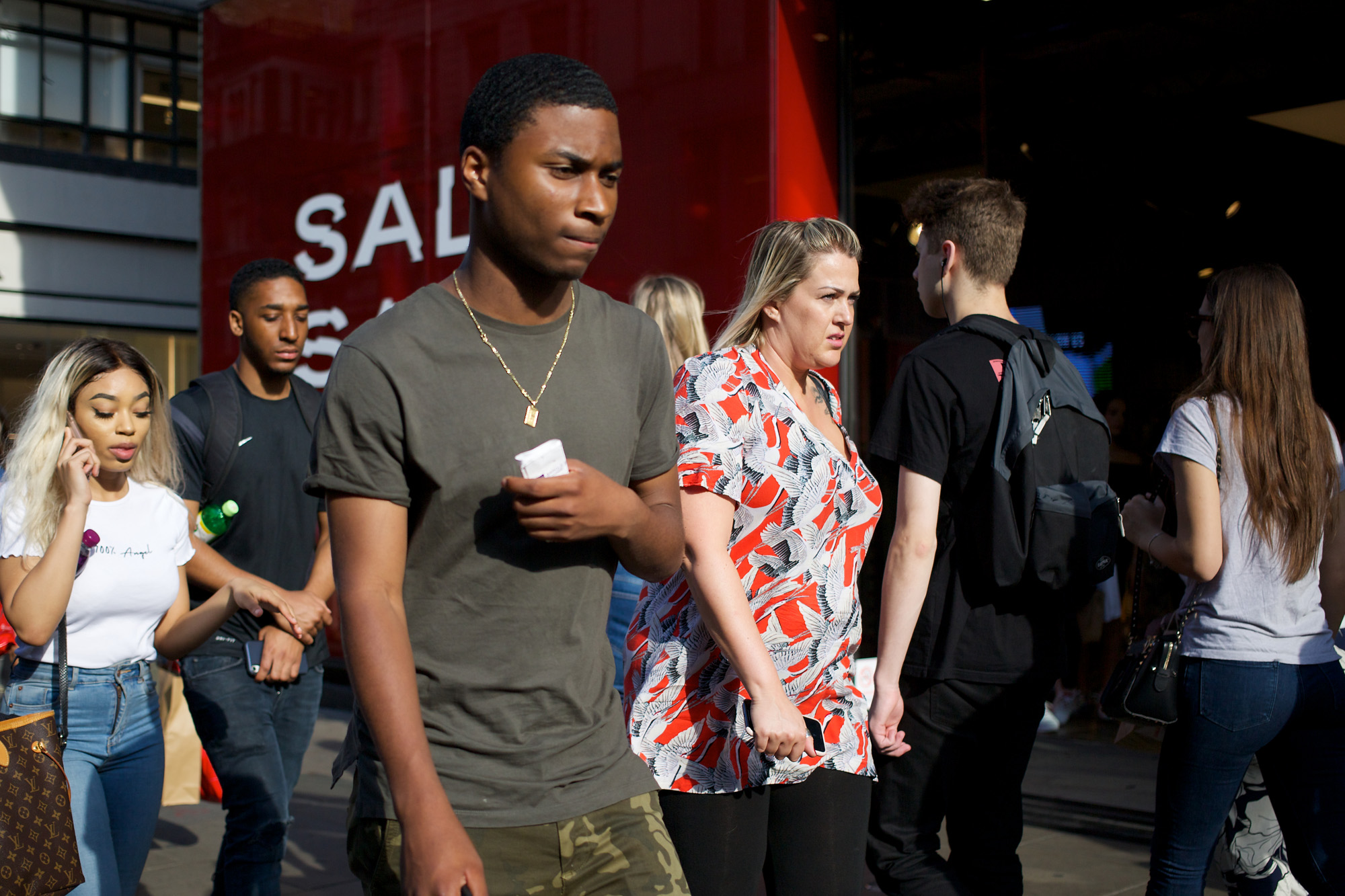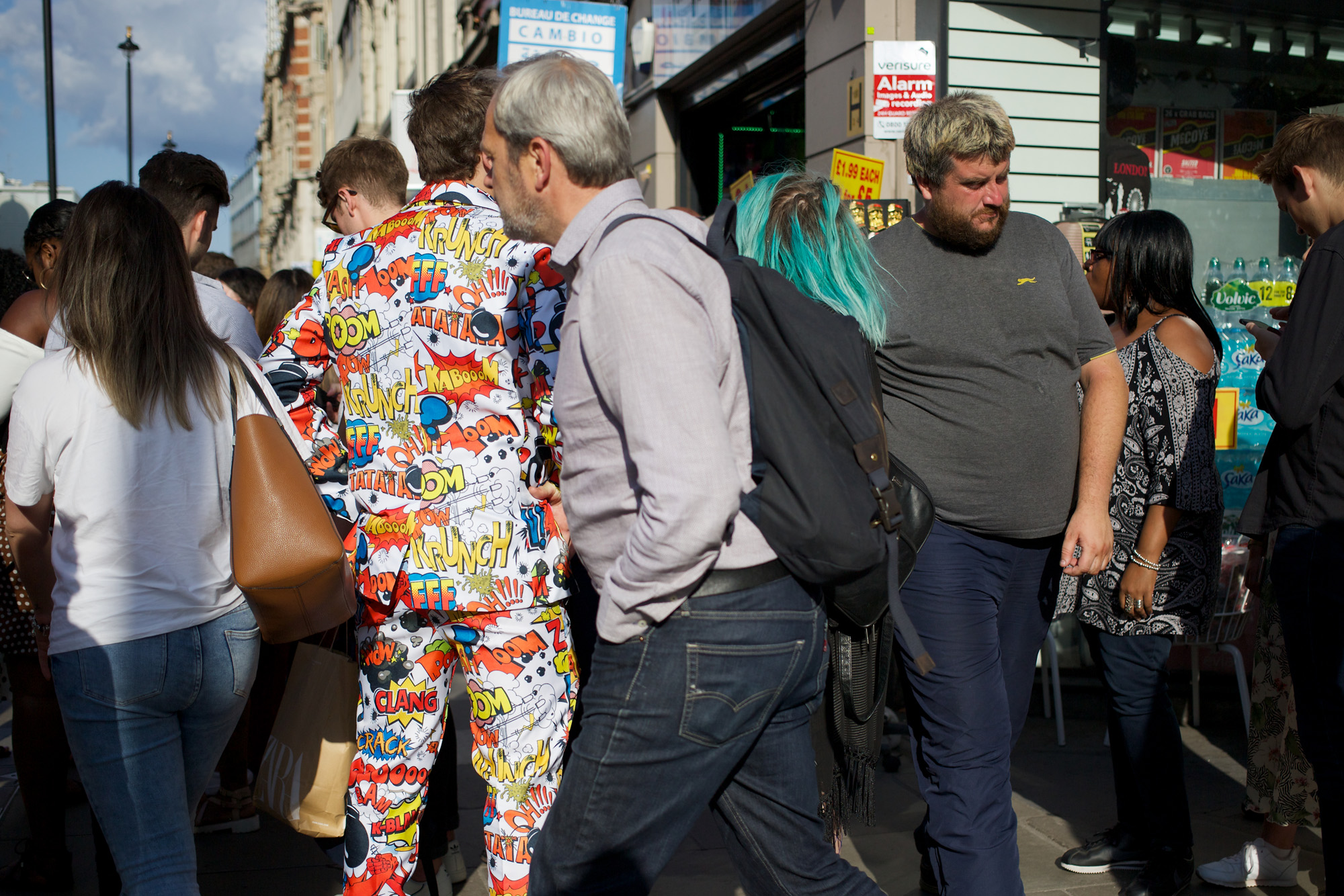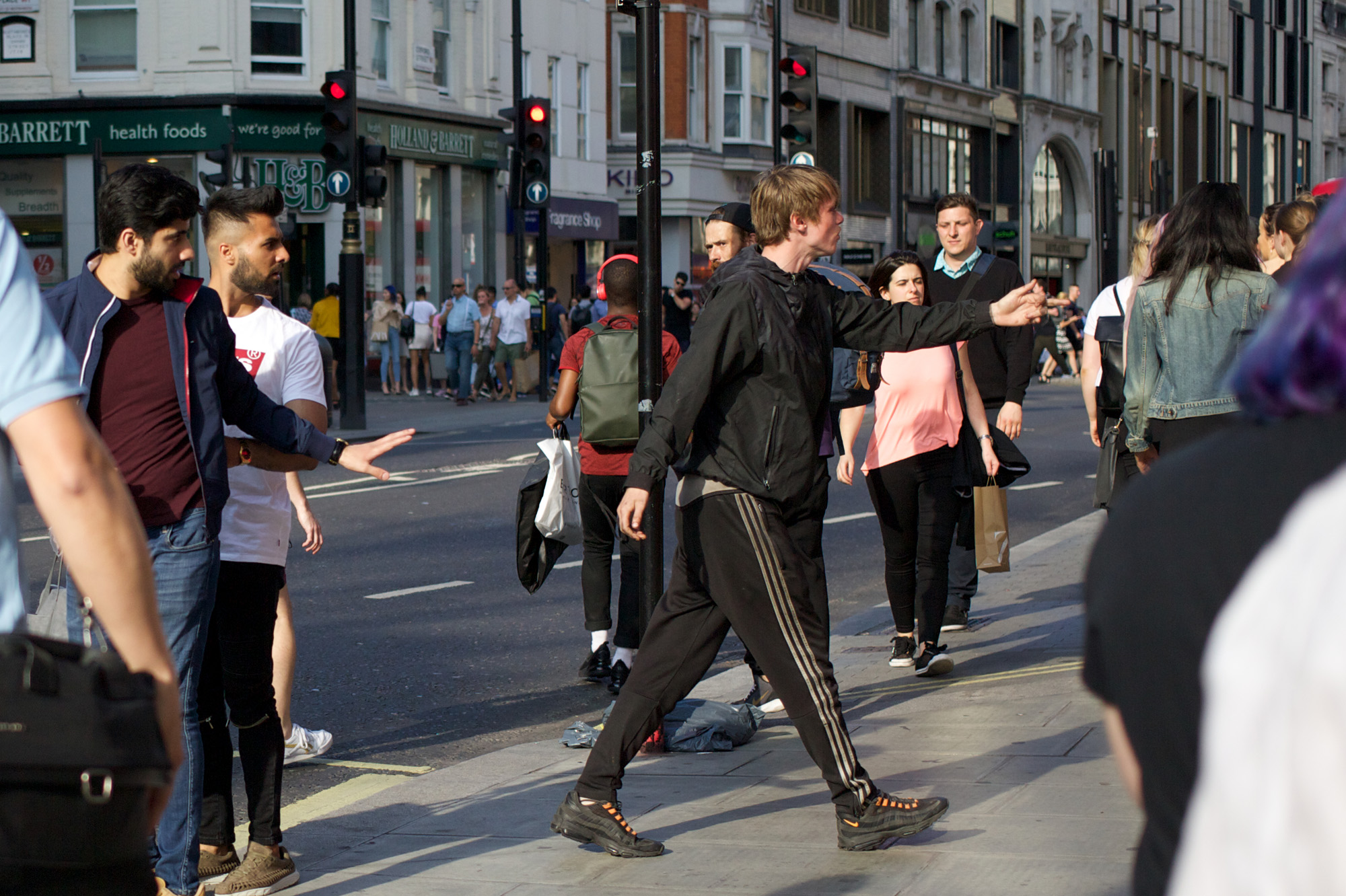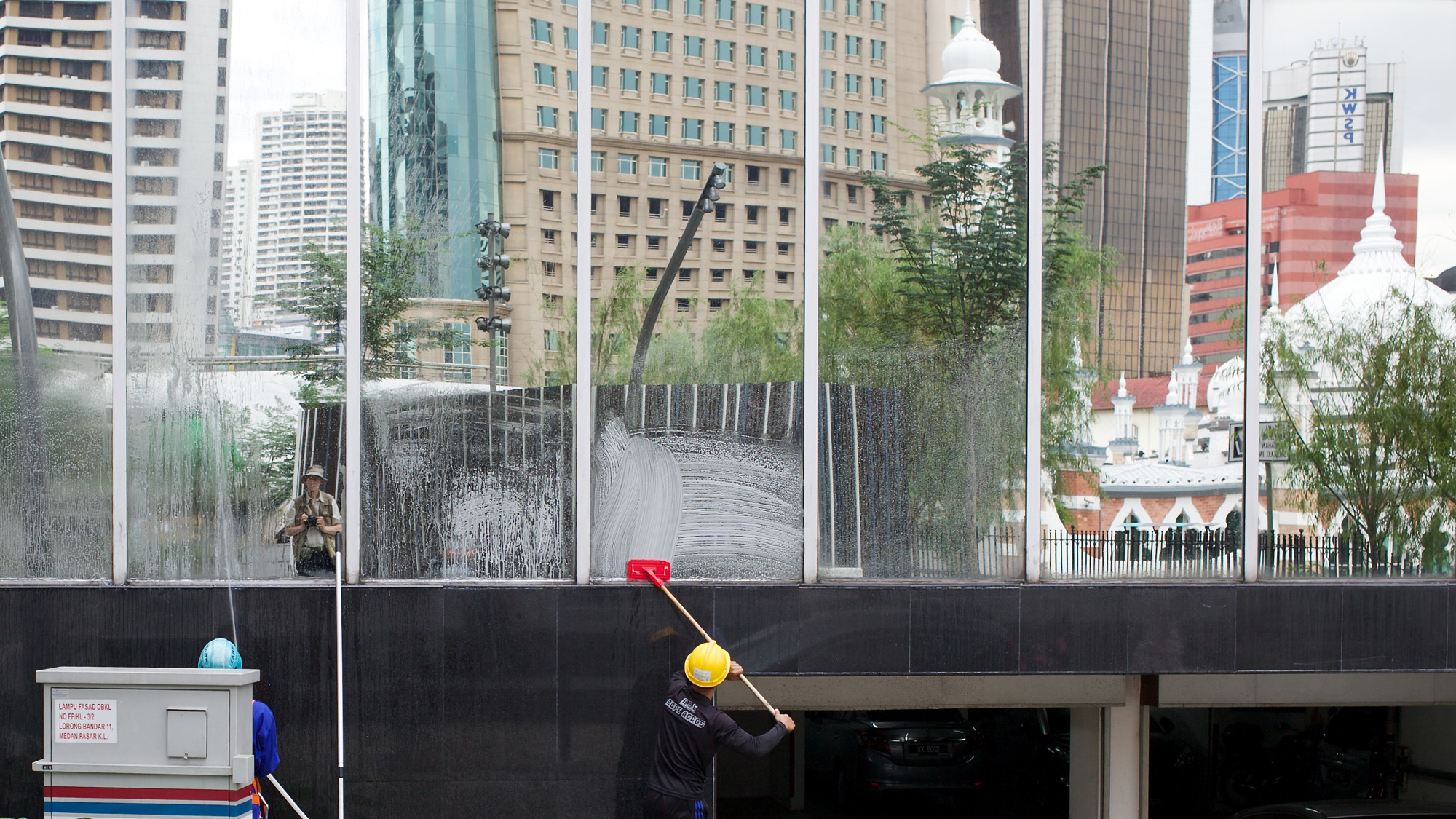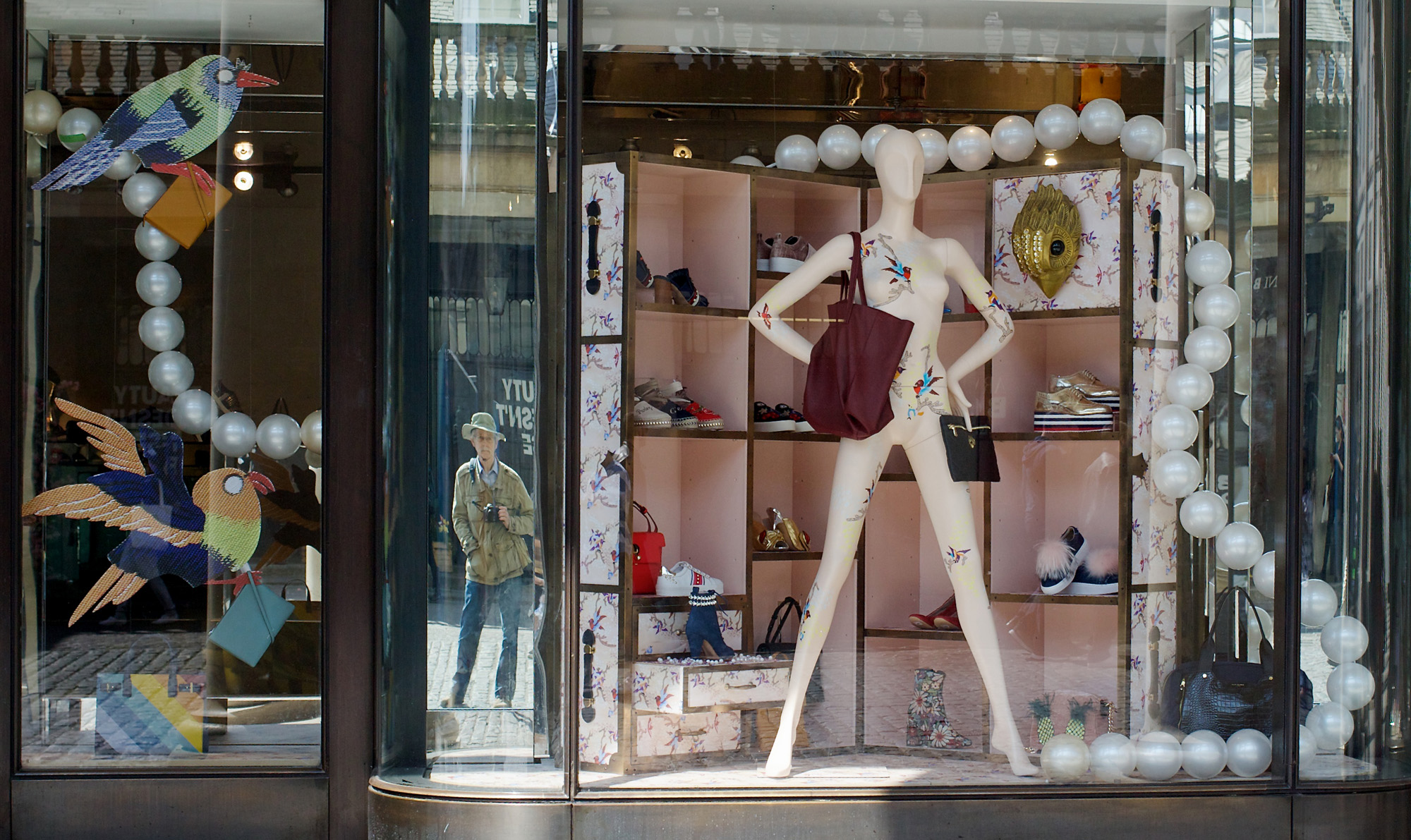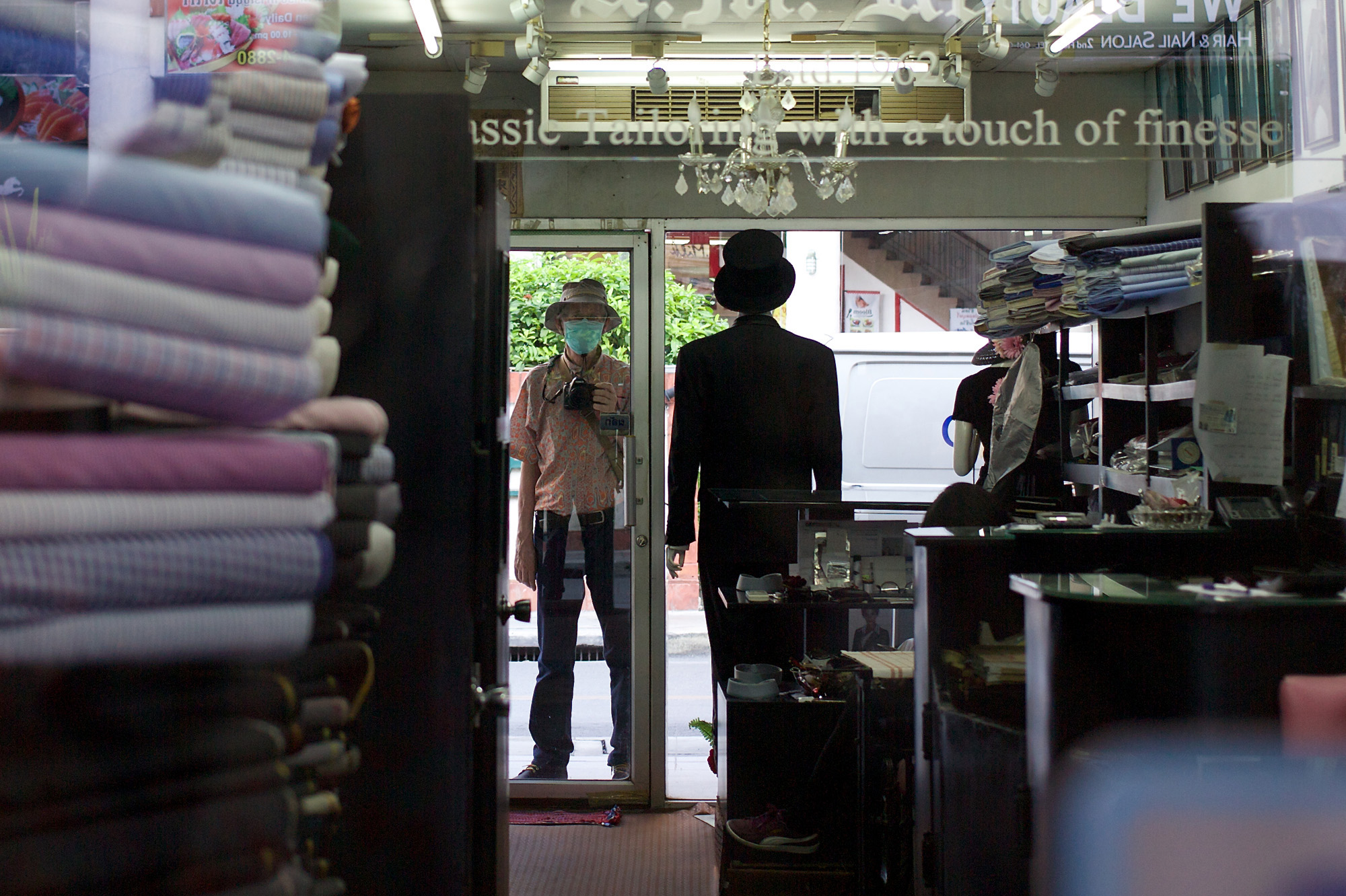In London, the sight of couples walking hand-in-hand is commonplace and unremarkable. Yet in Bangkok — the other city where I take most of my pictures — it’s rare to see open displays of affection. The only exceptions are tourists and a few young people who have no expectation of bumping into older (and possibly disapproving) relatives.
The difference between the two cities makes me think: what’s really going on with this public show of togetherness?
Is it simply a private exchange of affection between two people, like a kiss, only somewhat further down the scale of intensity? Or it really a public statement? One which says: “We’re declaring ourselves officially as a couple.”
Looking Closer
Taking candid pictures is an activity that raises — and sometimes answers — the kind of questions I’ve just raised.
To the casual eye, there’s only one category of hand-holding, namely, two people walking hand-in-hand. But the street photographer notices that there are many different ways of holding hands, surreptitiously (as on a first date), ostentatiously (committed couples), and elaborately (playful couples who may or may not be committed).
The most elaborate example of hand-holding I’ve seen is pictured in the featured image (above). You have to look carefully to see how their hands are entwined, his in hers and the same again with the opposite hands using the phone.
Incidentally, the above shot is entirely candid although it looks posed. I tried to see if there was another photographer in the vicinity, but there wasn’t. Maybe the couple were about to take a selfie.

Low Key
I have no idea whether the couple above, standing outside Wat Arun (Temple of Dawn) in Bangkok, are married or on a date. Their way of holding hands is very low key, not surreptitious but certainly understated.
I think they may be acting this way out of respect for local custom. Alternatively it could be an expression of individual personality. After all, the tee-shirt says: “Easy Does It.”
High Key
The couple walking down London’s Oxford Street (below) hold hands in a very different way. They make them into a feature! The man points to something in one of the shops and his partner willingly goes along with the gesture.

In each of these three images the central feature is the recurrent one of interlocked hands. Surely, this is surprising, given the grandeur of the different settings? In the Bangkok scene, in particular, we notice the clasped hands immediately, even though the temple takes up most of the background.
It makes no difference whether hand-holding is a private or public gesture, or a little bit of both. It seems that our gaze is drawn to the image of human touch, in whatever context it occurs.

